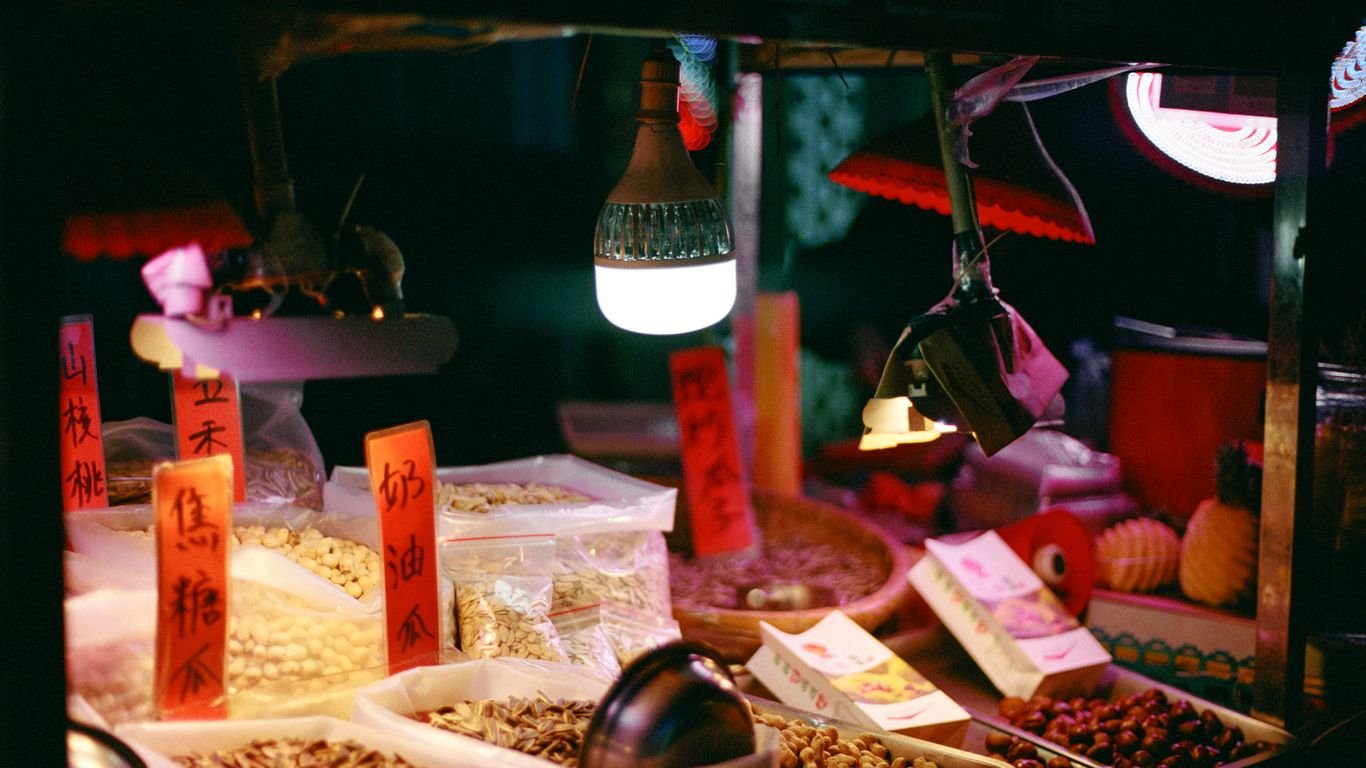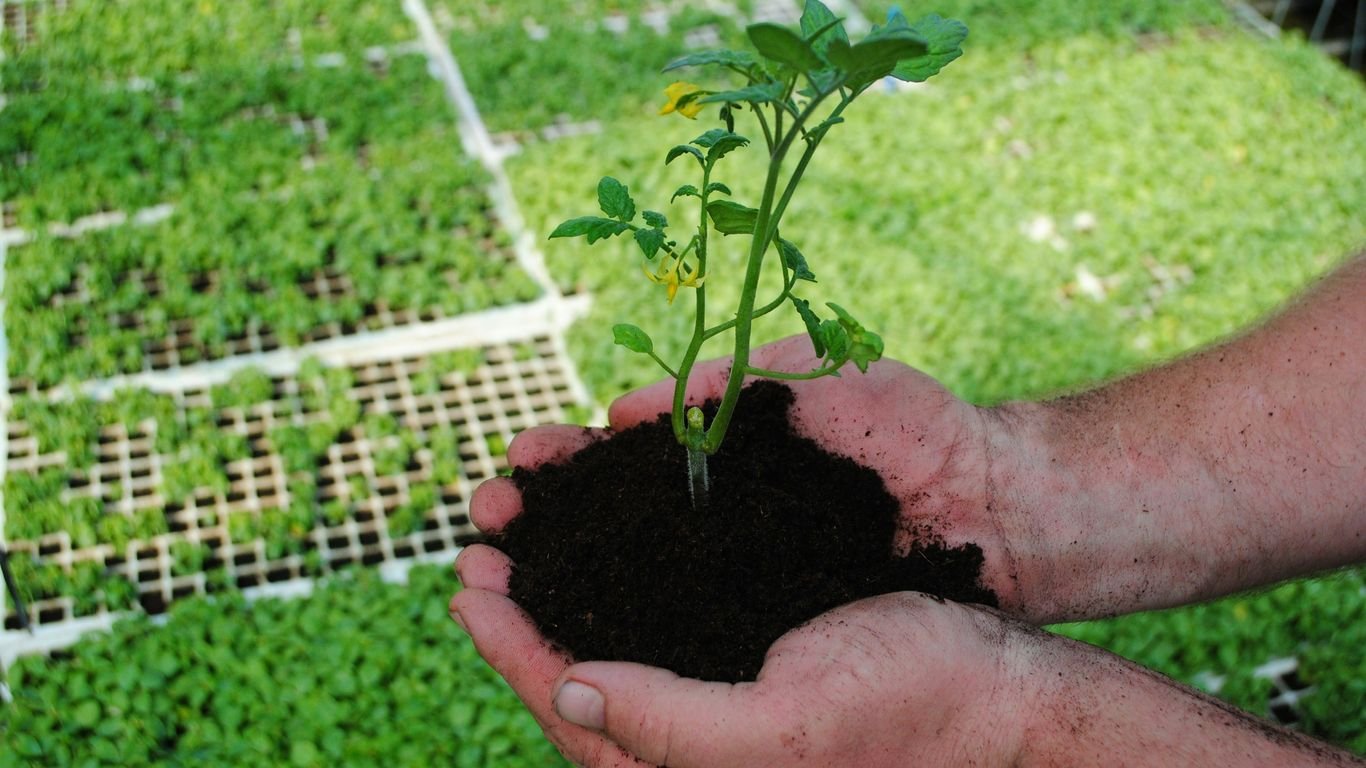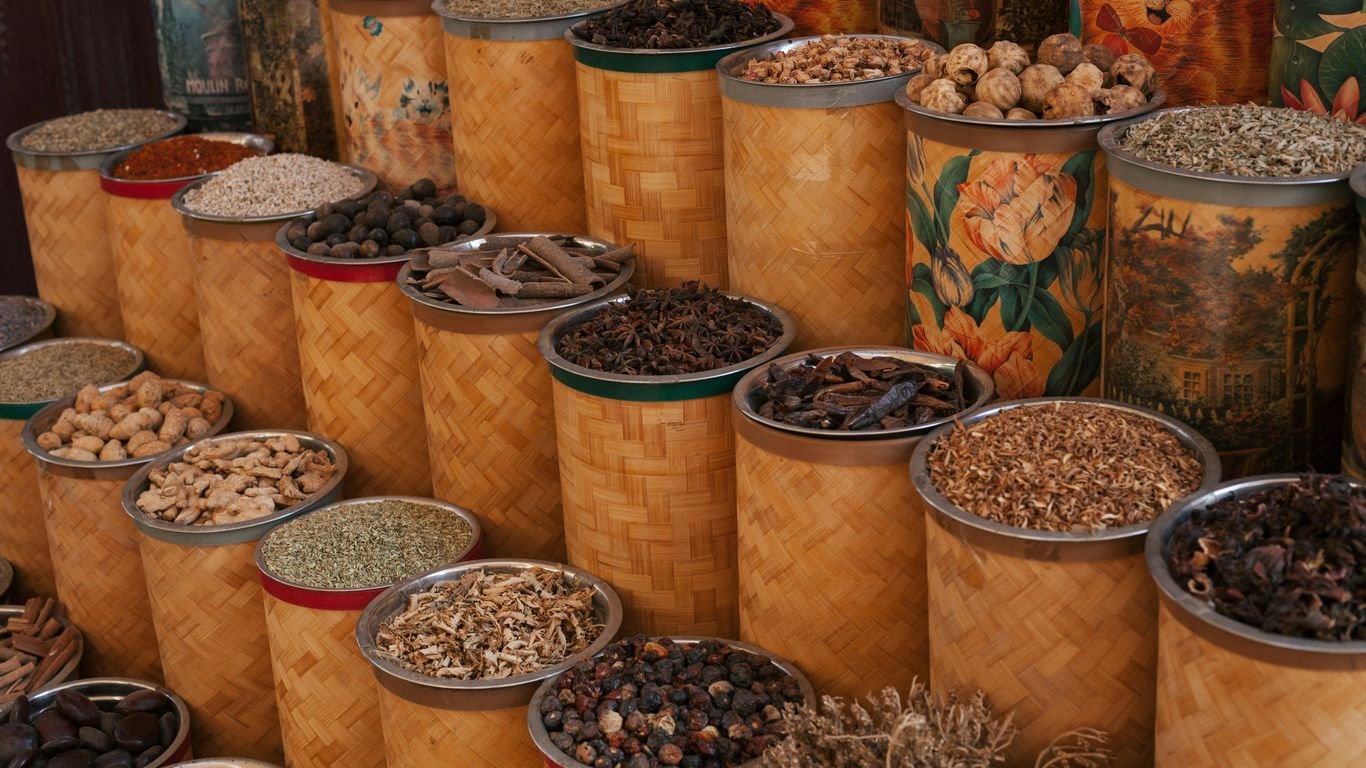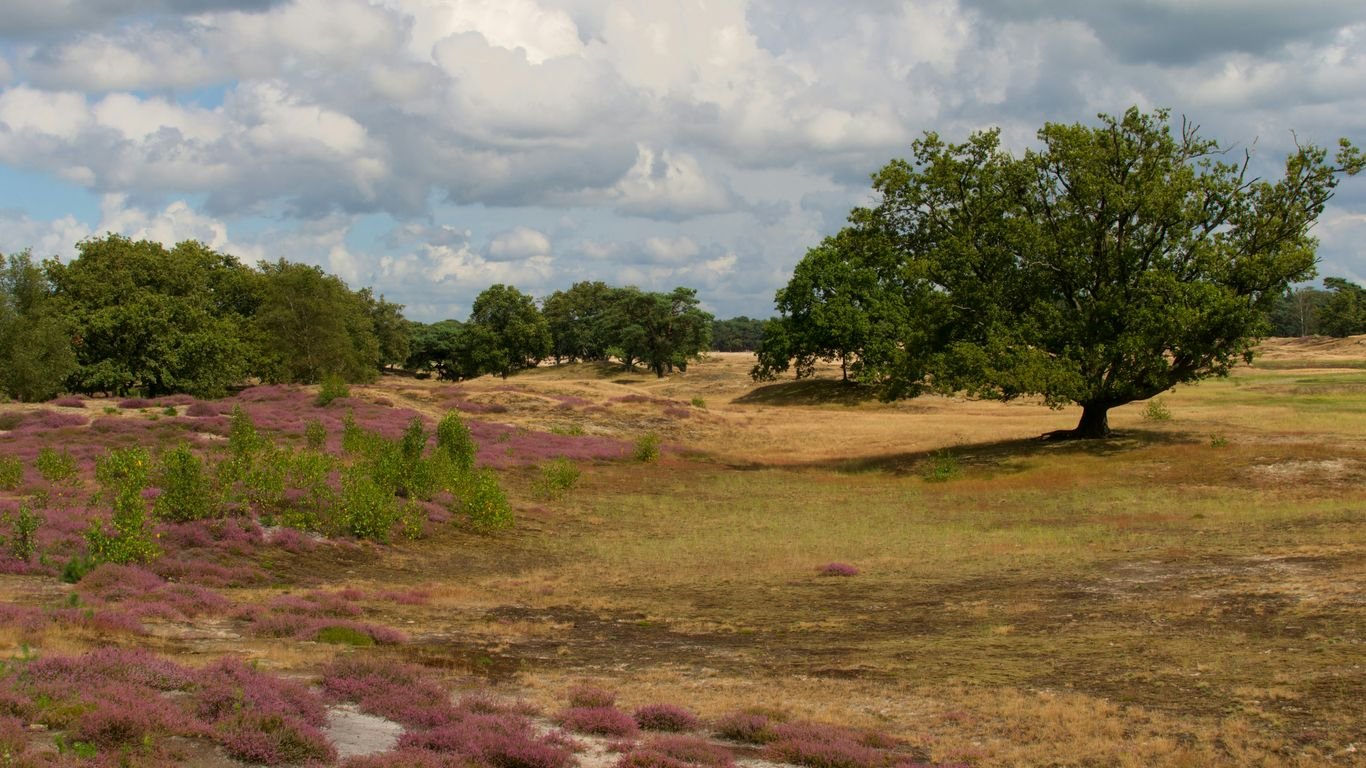Homemade Soap and Candles: Are DIY Projects Worth the Cost?

We’ve all seen those beautiful bars of soap and elegant candles at craft fairs or online, and maybe you’ve wondered if you could make them yourself. It seems like a fun way to get creative, but what about the cost? We’re going to break down the expenses involved in making your own soap and candles, compare it to buying them, and see if these DIY projects are really worth the investment.
Key Takeaways
- When we look at store-bought soaps, especially those labeled as body wash or bars, they often contain surfactants and aren’t true soap. For a fair comparison, we can use Dr. Bronner’s soap, which costs about $1 per ounce, as a baseline.
- Making cold process soap involves ingredients like oils, lye, and water, plus optional fragrances or essential oils. The initial equipment investment, including molds, containers, a scale, and a stick blender, can add up, but these costs decrease per batch over time.
- Melt and pour soap is a simpler, beginner-friendly option. It involves melting a pre-made soap base and adding customizations. The cost per ounce is generally higher than cold process soap initially due to the base cost, but the equipment needs are minimal.
- Beyond the monetary cost, there are significant intangible benefits to making your own soap and candles. These include the satisfaction of creating artisan-quality products, stress relief, and the joy of making unique gifts for others.
- Whether homemade soap becomes economical depends on your commitment level. While initial equipment costs can seem high, they are spread out over many batches. For those who enjoy the creative process and want unique products, the long-term value often outweighs the initial expense.
Understanding The Cost Of Store-Bought Soap

When we think about buying soap, we usually just grab a bar or a bottle off the shelf at the grocery store. It’s easy, it’s convenient, and honestly, we don’t often think twice about the price. But have you ever really looked at what’s in those products, or what they actually cost per use?
What’s Really In Your "Soap"?
It’s a bit surprising, but many of the bars and liquids we call ‘soap’ aren’t technically soap at all. They’re often made with synthetic detergents and surfactants. While they get us clean, they might not be the best for our skin, and they’re definitely not the same thing as traditional soap made from oils and lye. This difference is important because it means we can’t always compare the price of a fancy body wash directly to a bar of homemade soap. They’re just different products.
A Baseline For Comparison: Dr. Bronner’s
To get a clearer picture, let’s look at a widely available and well-known brand that is actual soap: Dr. Bronner’s. A 5-ounce bar of their castile soap typically costs around $4.99. That works out to roughly a dollar per ounce. This gives us a decent starting point to compare against when we start looking at the costs of making our own.
The Price Per Ounce Reality
So, if we’re using Dr. Bronner’s as our benchmark, we’re looking at about $1.00 per ounce for a quality, commercially produced soap. Keep this number in mind as we explore the costs of DIY soap making. It’s easy to see how quickly those prices can add up, especially if we’re drawn to the more artisanal, specialty bars you find in boutiques or online, which can easily go for $8 to $15 or more for a small bar.
The key takeaway here is that not all ‘soaps’ are created equal, and the price you pay often reflects the ingredients and the type of product you’re getting. Comparing apples to apples is important when we’re thinking about value.
Here’s a quick look at how store-bought prices can vary:
| Product Type | Typical Price Range | Price Per Ounce (Approx.) |
|---|---|---|
| Basic Bar Soap | $1 – $3 | $0.20 – $0.60 |
| Brand Name Bar Soap | $3 – $6 | $0.60 – $1.20 |
| Specialty/Artisan | $8 – $15+ | $1.60 – $3.00+ |
| Body Wash (Large) | $5 – $12+ | $0.30 – $0.80+ |
Remember, these are just general estimates, and the ‘soap’ in many of these might not be true soap. Our $1.00/oz Dr. Bronner’s is a good, honest soap comparison.
Breaking Down Cold Process Soap Costs

When we talk about making soap from scratch, cold process is often the first method that comes to mind. It’s a bit more involved than melt and pour, but it gives us a lot of control over the final product. Let’s break down what goes into making a batch of cold process soap.
Essential Ingredients For Your Lye-Based Soap
The core of any cold process soap is a reaction between oils and lye. We need to be precise here, as lye is a caustic substance. The oils we choose will affect the final bar’s hardness, lather, and cleansing properties. For simplicity, we can use pre-blended oil mixes, which take some of the guesswork out. A 33 oz package of a good all-around oil blend might cost around $16.99. Then there’s the lye itself – sodium hydroxide. A 32 oz jar usually runs about $14.99. We’ll also need distilled water, which is pretty cheap, maybe $1.50 for a gallon. Now, for the fun part: scent! A popular essential oil like Lavender 40/42 might cost $11.99 for a 1.75 oz bottle, while a fragrance oil like Oatmeal Milk and Honey could be around $5.84 for 2 oz. So, for a batch using essential oils, we’re looking at roughly $45.47 in ingredients, and about $39.32 if we opt for fragrance oils. An unscented batch would be around $33.48. This typically yields about 50 ounces of soap.
Essential Equipment For Cold Process
Beyond the ingredients, we need some specific tools. A good mold is key; a silicone loaf mold can be around $22.99. We’ll also need non-reactive containers for mixing, like glass or heat-resistant plastic bowls. A 2-quart glass mixing bowl with a pour spout might cost $19.99, or a smaller plastic one for the lye solution could be $5.99. An immersion blender is pretty much a must-have for getting the soap to trace, costing about $33.99 if you need a new one. And don’t forget a digital scale for accurate measurements – a good beginner scale is around $35.99. So, the initial equipment investment comes to about $82.99. This might seem like a lot upfront, but these items can be used for dozens of batches.
Calculating Your Cost Per Ounce
When we look at the numbers, an unscented 50 oz batch costs about $33.48, which is roughly $0.67 per ounce. Using fragrance oil brings it to about $0.79 per ounce, and with essential oils, it’s around $0.99 per ounce. This is already competitive with some store-bought options. The real cost savings come into play as we make more soap. For example, to offset the initial equipment cost of $82.99 with unscented soap, we’d need to make just five batches. For fragrance oil batches, it’s about eight, and for the more expensive essential oil batches, it’s around eighteen. So, the more you make, the lower your cost per ounce becomes, making cold process soap making a potentially economical hobby over time.
The initial outlay for equipment might seem high, but when you spread that cost over many batches, the per-ounce price of your homemade soap becomes quite attractive. It’s a long-term investment that pays off with every bar you create.
Exploring The Simplicity Of Melt And Pour
When we talk about making soap at home, melt and pour is often the first stop for beginners, and for good reason. It’s like the express lane to handmade soap. You skip the tricky part of working with lye, which is a big relief for many of us just starting out. Instead, you get a pre-made soap base that you simply melt down and then get creative with. It’s a much more straightforward process, making it super accessible.
The Ease Of Melting And Pouring
The whole idea behind melt and pour is its simplicity. You buy a soap base – which is already soap, just in a solid form – and then you melt it. You can do this in a microwave or a double boiler. Once it’s liquid, you can add your own touches. Think colors, scents, and even little embeds like dried flowers or glitter. After that, you pour it into a mold, let it cool and harden, and voilà! You have your own custom soap. It’s a fantastic way to get a feel for soap making without the steep learning curve of cold process. We found that using a simple silicone mold, like a 6 cavity rectangle mold, works perfectly for these smaller batches.
Ingredient Costs For Melt And Pour
Let’s break down what it actually costs to make a batch. A typical 16-ounce block of melt and pour base might run you about $7. For fragrance, you only need a tiny amount, maybe 0.3 ounces for that 16-ounce batch. A small bottle of fragrance oil or essential oil, which can cost around $4, will last for many batches. So, for a 16-ounce batch, your ingredients might add up to roughly $11. That works out to about $0.69 per ounce. It’s not the absolute cheapest soap you can find, but considering you’re customizing it, it’s pretty reasonable.
Equipment Investment For Beginners
When you start with melt and pour, you probably already have most of what you need. You’ll need something to melt the soap base in – a microwave-safe bowl or a pot for a double boiler will do. You’ll also need a mold, but you can even use things like old yogurt containers in a pinch. If you want to get a bit more serious, a dedicated silicone mold is a good idea. A nice loaf mold might cost around $20-$25. The good news is, unlike cold process soap making, you don’t need specialized equipment like a stick blender or a precise scale.
The beauty of melt and pour is that it minimizes the upfront cost and complexity. You can start creating beautiful, personalized soaps with just a few basic supplies, making it an ideal entry point into the world of soap making.
So, while the cost per ounce might be a little higher than basic store-bought soap initially, the low barrier to entry and the creative freedom make it a really appealing option for us hobbyists. You can experiment with different scents and colors without a huge commitment, and the results are usually quite satisfying. Plus, you know exactly what you’re putting on your skin, which is always a plus.
Beyond The Price Tag: Intangible Benefits

When we look at the cost of making our own soap and candles, it’s easy to get caught up in the numbers. But honestly, there’s so much more to it than just the price per ounce. We’re talking about the satisfaction of creating something with our own two hands, the quiet moments of focus, and the joy of sharing our creations with others.
The Value Of Artisan Quality
Handmade items, whether it’s a bar of soap or a beautifully scented candle, carry a different kind of value. They’re not mass-produced; they’re crafted with care and attention to detail. Think about the difference between a factory-made shirt and one sewn by a tailor – there’s an inherent quality and uniqueness to the handmade item. This artisan quality means we’re not just buying a product; we’re investing in a piece of someone’s time, skill, and passion. It’s about appreciating the craft itself, and that’s something you can’t put a price on. For us, this means our creations are often made with better ingredients and a more thoughtful formulation than what we might find in a typical store, like the nourishing oils found in handmade soaps and natural bath products.
Stress Relief And Creative Fulfillment
Let’s be real, life can get pretty hectic. For us, the process of making soap or candles has become a fantastic way to unwind. Measuring out oils, carefully pouring scents, or watching wax transform into a beautiful candle – it’s almost meditative. It pulls us away from screens and daily worries, giving us a chance to focus on something tangible and creative. This kind of hands-on activity can be incredibly grounding and rewarding. It’s a way to express ourselves and achieve a sense of accomplishment that a quick trip to the store just can’t match.
The Joy Of Gifting And Selling
There’s a special kind of warmth that comes from giving a gift you made yourself. Imagine presenting a friend or family member with a beautifully wrapped bar of your homemade soap or a hand-poured candle. It shows you put thought and effort into it, making the gift feel much more personal and meaningful. And if you decide to sell your creations, you’re not just making a profit; you’re sharing a piece of your craft with the world. Seeing someone else appreciate something you’ve made can be incredibly fulfilling. It’s about connecting with people through shared appreciation for handmade goods.
The true worth of our DIY projects often lies not in the dollars saved, but in the moments of peace found, the skills honed, and the genuine connections made through sharing our creations.
Making Your Homemade Soap Cost Analysis Work For You

So, we’ve crunched the numbers, looked at ingredients, and figured out what it costs to get started with both cold process and melt and pour soap making. But how do we make sense of it all and figure out if it’s actually worth it for us?
When Does Soap Making Become Economical?
This is the big question, right? When does that initial investment in equipment and ingredients start paying off compared to just grabbing a bar off the shelf? It really boils down to how much soap you plan to make.
- For cold process soap, remember that equipment like a good scale, stick blender, and dedicated molds are reusable. If you make about 5-8 batches of soap (depending on whether you use fragrance or essential oils), the cost of that initial equipment gets spread out enough that your per-ounce cost starts to rival even Dr. Bronner’s. For the really fancy, essential oil-heavy batches, you might need to make closer to 18 batches to hit that break-even point.
- Melt and pour is a bit different. The initial equipment cost is much lower, often just a mold. This means you can start seeing savings almost immediately, especially if you’re comparing it to pricier artisan soaps.
Ultimately, if you’re making soap for personal use and you go through a decent amount, the math starts to work in your favor pretty quickly. If you’re only making a bar here and there, the upfront cost might take longer to recoup.
Considering Your Commitment Level
Your commitment level plays a huge role. Are you looking to make soap occasionally for fun, or do you see yourself becoming a prolific soap maker?
- Occasional Hobbyist: If you just want to dabble, melt and pour is likely your best bet. The low barrier to entry means you can experiment without a big financial risk. You’ll still get the satisfaction of creating something unique.
- Enthusiast: If you’re really getting into cold process, you’ll likely make larger batches. This is where the cost per ounce really starts to drop. You’ll also likely invest in more specialized ingredients and tools over time, which can increase your per-batch cost but also the quality and uniqueness of your final product.
- Aspiring Seller: If you’re thinking about selling your soap, you’ll need to produce more volume. This is where the economies of scale really kick in. Your initial equipment costs become negligible per bar, and you can focus on sourcing ingredients efficiently.
The more you make, the cheaper each individual bar becomes. It’s a simple concept, but it’s the key to understanding the financial side of DIY soap making. Don’t forget to factor in your time, though – that’s a cost too!
The Long-Term Value Of Your Equipment
Think of your soap-making equipment not as an expense, but as an investment. That digital scale? It’ll weigh ingredients for countless batches of soap, and maybe even for other baking projects. That silicone mold? It can be used over and over again.
When we look at the cost per ounce, we’re often just looking at the immediate ingredient cost. But the equipment cost gets amortized over dozens, even hundreds, of batches. So, while the initial outlay might seem steep, especially for cold process, the long-term value is significant. You’re building a toolkit that will serve you for years, allowing you to produce handmade soap at a fraction of the cost of buying similar quality products.
It’s about looking beyond the initial price tag and seeing the potential for savings and creative output down the road. If you enjoy the process and plan to keep making soap, that equipment will quickly become some of your most cost-effective tools.
So, Are Homemade Soaps and Candles Worth It?
After looking at all the numbers and the effort involved, we think the answer really depends on what you’re after. If you’re just trying to save a few bucks on everyday soap, maybe not. Buying in bulk or sticking to simpler store-bought options might be more budget-friendly. But, if you’re looking for a creative outlet, a way to make truly unique gifts, or even a side hustle, then diving into homemade soaps and candles could totally be worth your time and money. The satisfaction of making something with your own hands, knowing exactly what goes into it, and being able to customize it to your liking? That’s pretty special, and honestly, hard to put a price on. Plus, the process itself can be a great way to unwind. So, if you’re curious and willing to put in a little effort, we say give it a shot!
Frequently Asked Questions
Is making our own soap really cheaper than buying it?
It really depends! When we first start out, buying the ingredients and equipment can seem like a lot. But if we plan to make a good amount of soap over time, the cost per bar can definitely become less than store-bought options, especially compared to fancier soaps.
What are the main costs when making cold process soap?
We’ll need to budget for oils, lye (which is a key ingredient for making real soap), and water. We also might want to add things like essential oils or fragrance oils for scent, and colors. Plus, there’s the cost of equipment like molds, a scale, and containers.
Is melt and pour soap easier and cheaper to start with?
Yes, melt and pour is super simple! We just melt a pre-made soap base and add our own scents and colors. It usually requires less initial equipment and can be a great way to begin without dealing with lye.
What kind of equipment do we absolutely need for cold process soap making?
We absolutely need a good digital scale to measure ingredients precisely. A stick blender makes mixing much faster and easier. We’ll also need heat-safe containers for mixing and molds to shape our soap.
Besides saving money, what are the other good things about making our own soap and candles?
There are tons of benefits! We get to be creative and make something unique. It can be a great way to relax and de-stress. Plus, we end up with wonderful handmade gifts to give to friends and family, or even things we could sell.
When does it make the most sense for us to make our own soap from a cost perspective?
It makes the most sense when we’re committed to making soap regularly. The more batches we make, the more the initial cost of equipment gets spread out, making each batch cheaper. It’s also more economical if we use simpler, less expensive ingredients.






